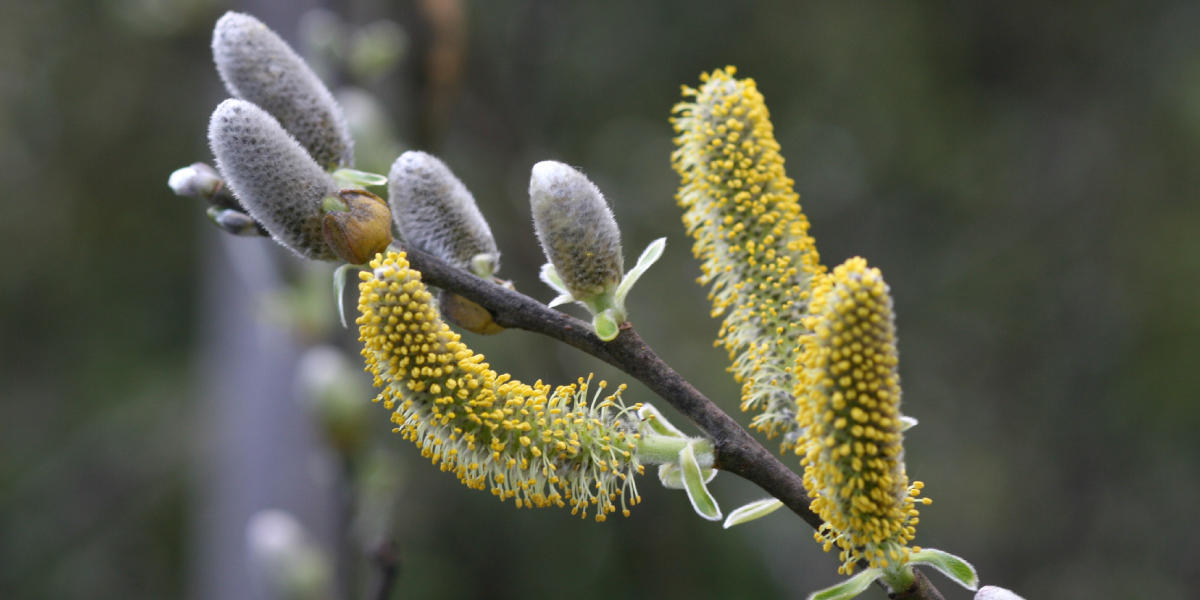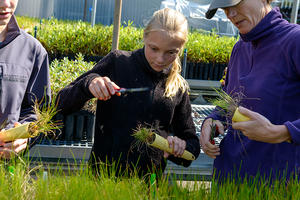
Endangered
No
Population
Common
Latin Derivation
Genus: Salix is the ancient Latin common name of the willow.
Species: lasiolepis, is derived from the two Latin words lasios, meaning shaggy, wooly hair and lepsis, which means scale or shell.
Family Information
The family Salicaceae comprises two genera and 325 species of shrubs and trees commonly known as willows, cottonwoods (poplars), and aspens. They are all deciduous, fast-growing trees that can be found all over the world, but most abundantly in the cooler parts of the Northern Hemisphere. Their flowers have no petals or sepals, and are borne in a compact inflorescence called a catkin. Male and female flowers are produced by separate plants. Aside from two species of cottonwood, all Bay Area representatives are willows (genus Salix). To distinguish a willow from a cottonwood in the wintertime, look closely at the buds: willow buds are covered by a single scale, while the buds of cottonwoods are covered by several overlapping scales.
Species Information
The arroyo willow is a riparian woodland regular, thriving along the edges of streams where it enjoys the moist soil it requires. This small tree grows to a maximum of about 10 meters in height, and has alternate, hairy, entire leaves that are lanceolate-elliptic to oblanceolate in shape. In the spring, the catkins appear before the leaves do.
Other Wonders of the Willow
As you can surmise from our use of willows in the wattles, stakes and poles that make up much of our biotechnical riparian erosion control, willows have a talent for propagating from vegetative tissue and thus growing from cuttings. They’re so good at it that hormones derived from willows are often used in nurseries to help other plant cuttings take root. Another useful chemical first derived from the willow is Aspirin. Long before that, Native Americans had many uses for this flexible plant. An infusion of willow bark or flowers was used to cure a variety of ailments from fevers to itchiness to diarrhea. The inner bark was made into rope, the shoots used for baskets, and stakes provided structure for thatched houses.

